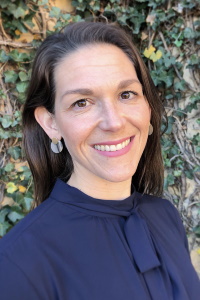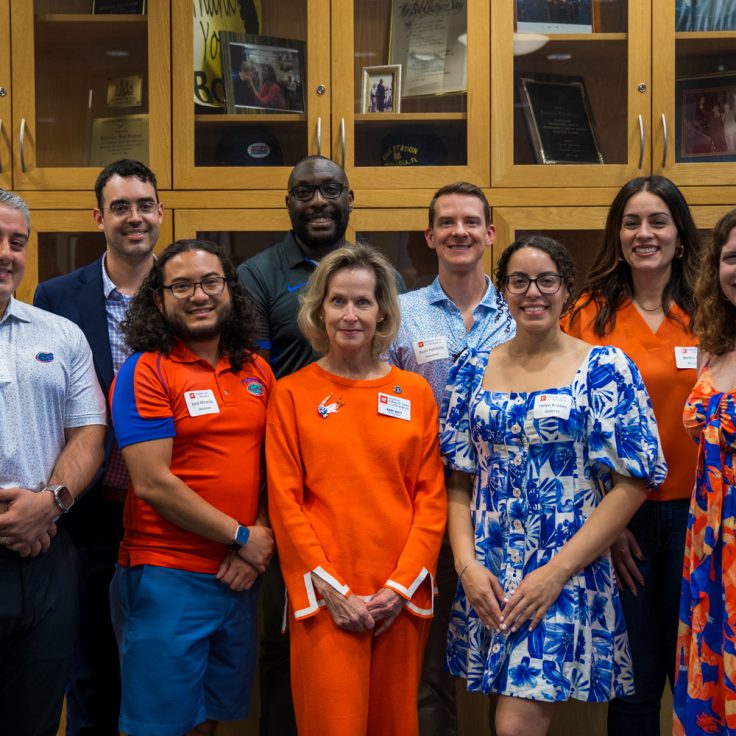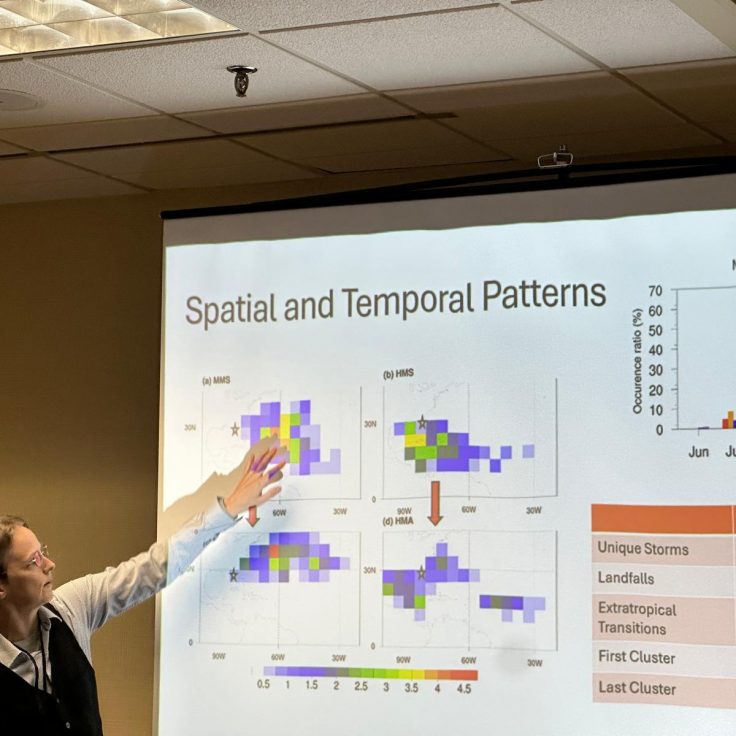
Geography Professor Analyzes Impact of San Francisco Bay Area Coastal Flooding on Commutes
In a new research paper, KATY SERAFIN, an assistant professor in the Department of Geography, projects how coastal flooding will impact commutes in the San Francisco Bay Area over the next 20 years.
The research, published in Science Advances on August 5 and conducted with a team based at Stanford University (opens in new tab), reveals that, due to the nature of road networks in the region, commuters living outside the areas of flooding may experience some of the largest commute delays. Serafin conducted this research while a postdoctoral researcher at Stanford.

Typically, estimates on the impact flooding might have on an area are assessed by who or what is exposed to the flooding. The team’s research takes another approach by quantifying how coastal flooding impacts commute delays outside of where the flooding occurs, and suggests that measuring road network density may be more important for understanding community resilience to these flood-related delays.
“What we see in the San Francisco Bay area is that some of the largest flood-induced commute delays occur far beyond the flood zone,” Serafin said. “By only looking at coastal flood exposure and/or property damage due to flooding, we could be missing a large part of the picture about how sea level rise, which will increase the frequency of coastal flooding events, will impact communities near coastal locations.”
Serafin is continuing these lines of study here at UF and is currently evaluating how the duration of nuisance flooding events — low-level flooding events which have the potential to disrupt daily routines and put added strain on infrastructure systems — have been changing here in Florida and across the United States using tide gauge data.
While these events may cause only minor or no property damage at all, with the prevalence of this kind of flooding increasing due to sea level rise, the severity of the disruption and impact it may inflict on a community may grow, Serafin said.
As she did with the paper in Science Advances, Serafin is working on characterizing the physical nature of these events and then understanding their impacts beyond property damage.


